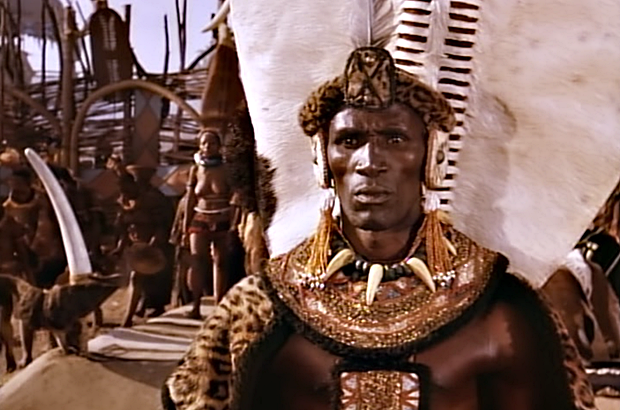You're talking about historical human migration? Hey man surprise pick any continent or country in the entire world that didn't have natural human migration. Pick a single one. Even an island in the pacific. I thought you were semi intelligent until this one. Now you're just pulling.
and again, cushytics are native to the great lakes. unless you're talking about some shyt from like a thousand years ago wtf.
and majority of rwandans are a mixture of bantu and cushytics, so that makes it even more confusing about your point.
are you following old belgian text from 100 years ago?
you know their are more recent studies using actual dna tests now that prove we are not even different people.
you don't even know what I am
OPEN YOUR EYES!!! OPEN YOUR EYES!!!! YOU ARE A DISGRACE TO YOUR BANTU ANCESTORS!!!! DISGRACE I TELL YOU!!!! THOSE NARROW TUTSI FEATURES ARE NOT NATIVE TO THE GREAT LAKES!!!!!!!
Tutsi, Hutu and Hima – Cultural Background in RwandaThe Hutu and Tutsi are generally referred to as ethnic groups or designations. But some evidence and analyses indicate the idea of social group is more accurate. The shorter set of the population are referred to as the Hutu people, and are chracterized as earlier inhabitants of the area now known as Rwanda and Burundi. They spoke a Bantu language, related to the others still known as Bantu. Forms of Bantu speech cover about two thirds of Africa south of the Sahara, spoken by about two-thirds of the people groups of that geography.
One picture of their cultural history and oral legends, as well as cultural indications, suggested that in about the 1300s, a Cushyte people, who are commonly a tall and thin, migrated into the area from the southern highlands of Ethiopia, coming as conquerors. Genocide survivor Eric Irivuzumugabe states "The truth is, it is difficult to tell who is Tutsi and who is Hutu by outward characteristics."*
They seem to have come originally speaking a language related to Somali and Oromo. Linguists tell us remnant words seem to indicate this. The Cushyte descendants are known today by the name Tutsi. While there has been some suggestion that the feudal caste differences developed internally, and the physical differences sometimes associated with the two castes are due to genetic trends within the two castes, this does not seem to account for the extreme variations.
We discuss some of the factors relating the Tutsi to the Cushytes. Some sources will also discuss a Nilotic origin, also discussed briefly below. Simplistic tendencies that continue to arise in discussion tend to make this either Nilotic or Cushytic. Indications support complexities of multiple sources. The Lakes area are rich in overlay of many migratory groups over known history and reference in oral tradition.
The desire to reject the social perversions that have characterized the ethnic/caste violence over the recent centuries behind such denials of migrational differences is admirable. However, this does not justify the denial of historical, linguistic, cultural and genetic factors that likewise must be accounted for. I look at some representative information below.
The Tutsis are thought to have originally been cattle-herding warriors, similar in culture to the famous Maasai, but from a different racial stock. They brought with them humpless cattle, new to the area. The Bantu people were farmers and fishers, though they also kept the Zebu cattle popular all over Africa, and common among the Bantu peoples.
The Cushyte conquerors gradually settled into the local culture, adopted the local Bantu language, and merged generally with the Bantu Hutu. The language was changed, however, due to the culture and language of the conquerors, and it is through the many Cushyte words and cultural indicators that much of the history has been proposed.
Stop running from the fukking TROOOOOOOOOOOOOOOOOOOOOOOOOOOOOOOOOOOOOOOOOOOOOOOOOOOOOOOOOOOOOOOF!!!!!
And PS: We have genetic evidence from the largest genetic study on Africans that Rwandans carry around 17% Horner DNA...


 A lot of you nikkas have no conscience.
A lot of you nikkas have no conscience. 





 fukk these twitter hoes
fukk these twitter hoes










